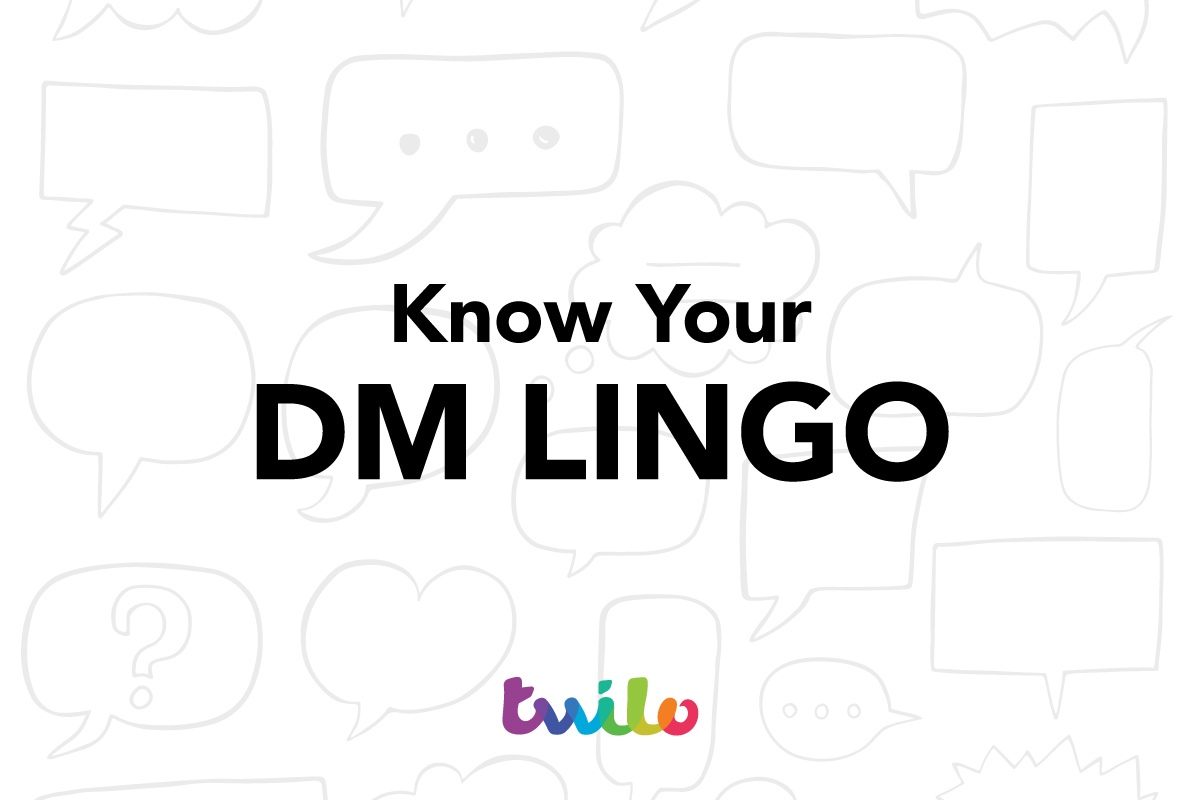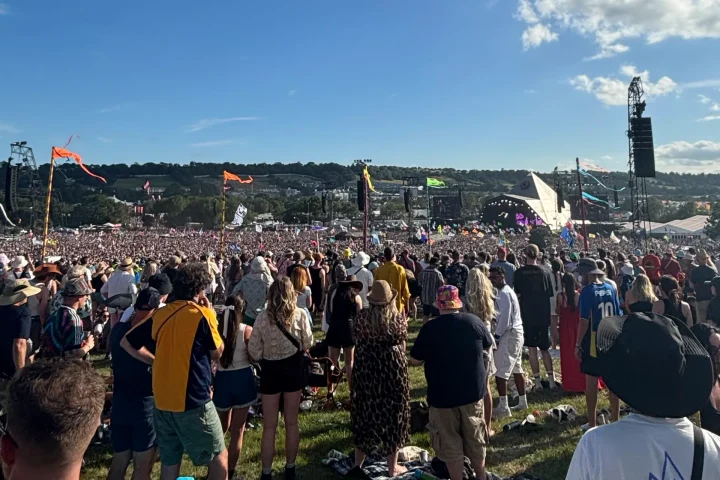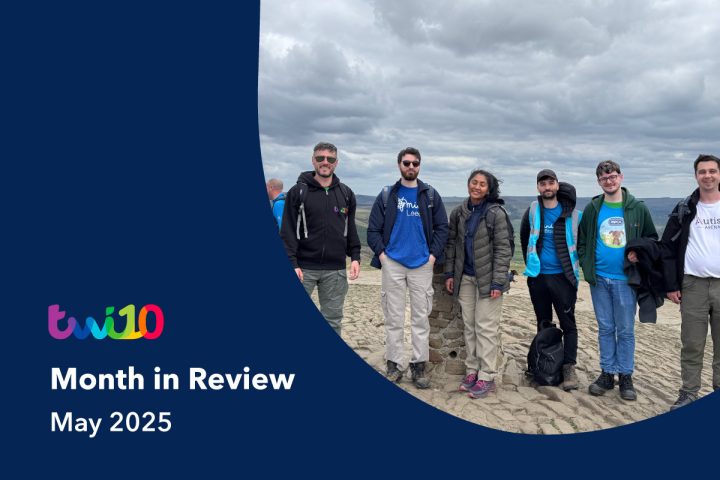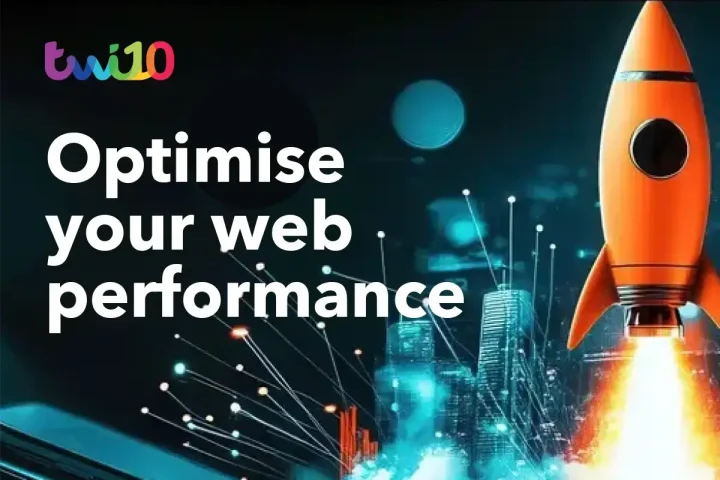We try our damndest to speak to people outside of the Studio in a non-technical way. And that’s not to sound obnoxious.
There’s so many different abbreviations and acronyms that even we sometimes get confused when talking to each other. So with that in mind, we’ve put together this handy little guide of the most common digital marketing phrases to help you should we ever drop something into conversation.
CPA – Cost Per Acquisition
How much did it cost to acquire that customer? The total spent divided by the number of conversions (whether that is a sale or a lead). For example, if you spend £50 and receive two enquiries, the CPA is £25.
CPC – Cost Per Click
The price you spend on a click which brings a visitor to your website. For example, if you had a daily click budget of £250 and your adverts were clicked 360 times that day, your Cost Per Click would be 69p.
CTR – Click Through Rate
Click Through Rate measures the percentage of people who click on your advert when they see it. Your adverts can be seen by potential customers but if the adverts are not appealing, it won’t be clicked. It’s important to keep your adverts relevant to user searches as this will result in a high CTR. Usually you are not charged if your advert is not clicked (but that’s not the aim here). For example, if 100 people see your advert and 15 people click on it, your CTR will be 15%.
PPC – Pay Per Click
Pay Per Click is a form of advertising used by Google, Facebook, Bing and LinkedIn amongst others. It can also be known as ‘Paid Search’ and ‘Paid Advertising’.
CR – Conversion Rate
Conversion Rate should be monitored closely as it helps you understand the quality of visitors on your website. It’s better to have 1,000 visitors with a 10% conversion rate than 5,000 visitors with a 1% conversion rate.
SERP
A SERP is the Search Engine Results Page. When you carry out a search on Google, Bing, Yahoo or any other search engine, you are shown the top results on a listings page. That page is called a SERP.
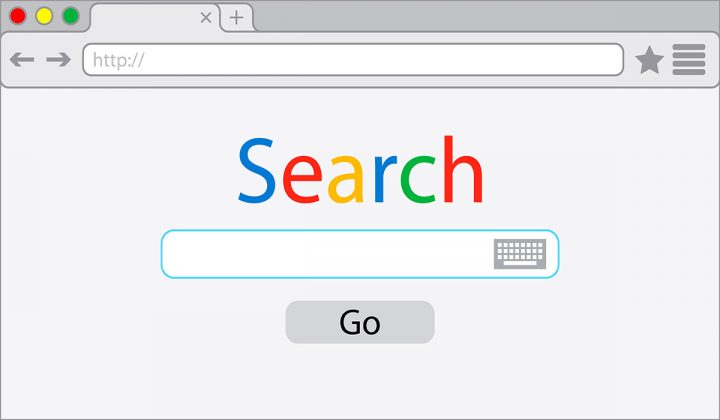
Search Term
A search term is the phrase which a user types into a search engine. For example, if your website sells shoes, and a visitor finds your website after typing “red shoes”, red shoes is the search term.
SEO – Search Engine Optimisation
SEO means optimising your website to rank higher in a SERP according to the search term. SEO takes many forms, there is ‘on-page’ and ‘off-page’ just to start. We often hear people say SEO is simply adding keywords to your content and updating the page title. Search Engine Optimisation has moved on a great deal since the days when this was even remotely true. With hundreds of ranking factors to consider, SEO really is a challenge in its own right.
URL – Uniform Resource Locator
Sometimes we wonder who comes up with these things. A URL is really not as complicated as it sounds. It’s simply the address of the page you are viewing and is usually shown in the address bar of your browser.
And here’s some other terms we often use…
Domain
A domain is the registered address of the page you are viewing. In this case the domain is twilo.net.

Acquisition
An acquisition can be measured for many reasons depending on the purpose of your marketing campaign. In most cases, an acquisition means how a person landed on your website. For example, this customer was acquired through a Google Ads campaign, or through Facebook, or through a SERP.
Impression
An impression is when somebody sees your advert. For example, they’ve performed a Google search and your advert is shown on screen, whether they decide to click on it or not.
And here’s some types of Google Ads campaigns which you may hear mentioned…
Search Campaign
This is primarily a series of text ads (although they can also be displayed on the ‘Display Network, more on that below)
A text campaign is made up of:
- A final URL (where the advert takes you when it’s clicked)
- Three headlines (all of which may or not display depending on the user’s device)
- Two descriptions
There’s a few more options for an advanced user such as Call Outs and Extensions, which enhance your Ad.
You can include handy information such as pricing and call-to-action in your text ads, but Google check them for spammy sales tactics, for example including lots of exclamation marks!!!!!
Display Campaign
You’ve all seen them. You do a search for “red shoes” on Google, and you then see an image of those shoes following you around the internet for several days. Despite how annoying they might seem to you, these ads convert very well.
You can also setup ‘Responsive Display Ads’. These ads crawl your website from images, and you can accompany these images with text. Google then uses a combination of your images and text to create multiple adverts at different sizes for different devices.
Shopping Campaign
A Google Shopping campaign allows you to place an advert of your product at the top of a search engine results page, along with an image, title and price.
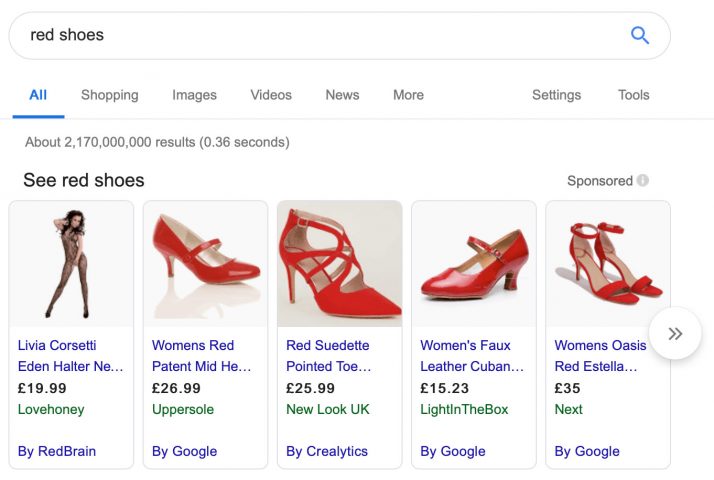
Video Campaign
How many times have you clicked ‘Skip Ad’ before watching a YouTube video? That’s a video ad you just skipped, and it should be relevant to you based on your search history (if it’s done properly). YouTube video ads can provide a very low CPA as we often achieve 2p per click.
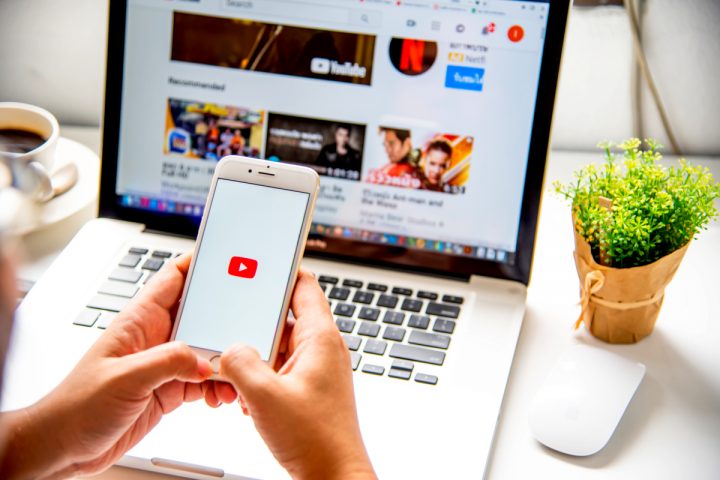
Still confused?
Let Twilo make it simple. Give us a call or send us an email if you’d like to discuss your PPC.
01977 277 877 / studio@twilo.net

